In the ever-evolving world of technology and design, transparent indoor LED screens have emerged as an innovative solution, blurring the line between traditional architecture and digital displays. These cutting-edge screens offer a unique opportunity to transform glass curtain walls and display windows into dynamic, interactive visual showcases. In this article, we delve into the fascinating realm of transparent indoor LED screens, exploring how they are made and their diverse applications.
Imagine a world where buildings are not just structures of concrete and glass, but living, breathing canvases that can communicate, entertain, and inspire. Transparent indoor LED screens make this vision a reality by seamlessly integrating advanced technology with architectural elements. These screens are designed to preserve the aesthetic integrity of glass surfaces while introducing a new dimension of functionality.
Creating a transparent indoor LED screen involves a sophisticated blend of engineering, optics, and materials science. Traditional LED screens consist of a matrix of tiny LED pixels that emit light, surrounded by non-transparent materials that conceal the electronics. Transparent LED screens, on the other hand, utilize specialized materials that allow light to pass through both the LEDs and the gaps between them.
The core technology revolves around using transparent conductive materials like indium tin oxide (ITO) to make the LEDs and interconnecting circuits. Additionally, these screens often incorporate microstructures or coatings that help diffuse light and enhance transparency, ensuring that the screen doesn't obstruct the view or appear overly pixelated.
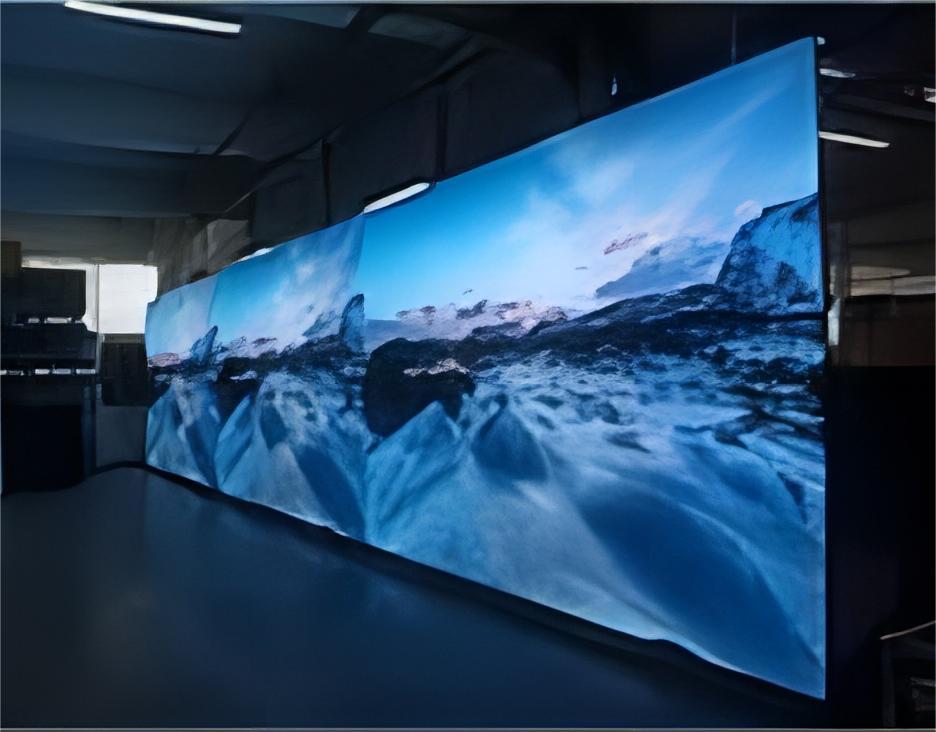
LED Pixel Matrix: Transparent LED screens are constructed using an array of micro-sized LED pixels. These pixels are designed to emit light efficiently while permitting the passage of light in between.
Transparent Substrate: A transparent substrate, usually made of glass or a clear polymer, serves as the base for the LED matrix. This substrate provides structural support while maintaining the transparent nature of the screen.
Transparent Conductive Layer: A layer of transparent conductive material, like ITO, is deposited onto the substrate using techniques such as sputtering or chemical vapor deposition. This layer forms the circuitry that controls the individual LEDs.
Microstructures or Coatings: To enhance transparency and light diffusion, microstructures or coatings are applied to the transparent conductive layer. These elements scatter light, reducing the visibility of the underlying LED matrix.
Assembly: The LED pixels are then meticulously attached to the transparent conductive layer, forming a precise matrix. Careful calibration ensures uniform color and brightness across the screen.
Integration: Once the LED matrix is assembled, it is integrated into the glass curtain wall or display window. The integration process involves securing the screen onto the glass surface while ensuring proper connectivity.
The applications of transparent indoor LED screens are as diverse as they are exciting:
Transparent LED screens can turn ordinary glass facades into breathtaking visual displays. By day, buildings appear sleek and transparent; by night, they transform into vibrant canvases for art, advertisements, or even community messages.
Retail spaces can leverage transparent LED screens to create captivating product displays that seem to float within the window. This immersive experience can attract pedestrians and shoppers, offering an innovative way to showcase merchandise.
In cultural spaces, transparent LED screens can enrich storytelling by seamlessly integrating digital content with physical artifacts. Visitors can enjoy interactive exhibits that blend the past and the present.
Restaurants, hotels, and event venues can use transparent LED screens to evoke different moods and atmospheres. From dynamic lighting effects to live event broadcasts, the possibilities are endless.
As technology advances and materials science progresses, transparent indoor LED screens are poised to become even more sophisticated and accessible. The fusion of architecture and technology is transforming the way we perceive and interact with our built environment, ushering in a new era of creativity and engagement.
In a world where innovation knows no bounds, transparent LED screens stand as a testament to human ingenuity, pushing the boundaries of design and functionality. With each pixel emitting a ray of possibility, these screens illuminate a future where buildings are not just structures, but vibrant expressions of imagination.


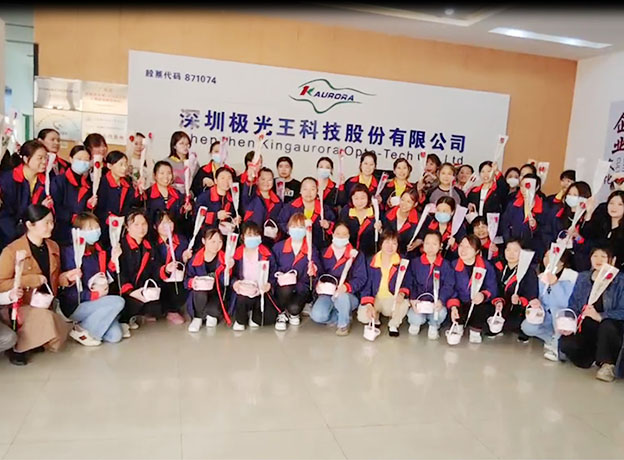
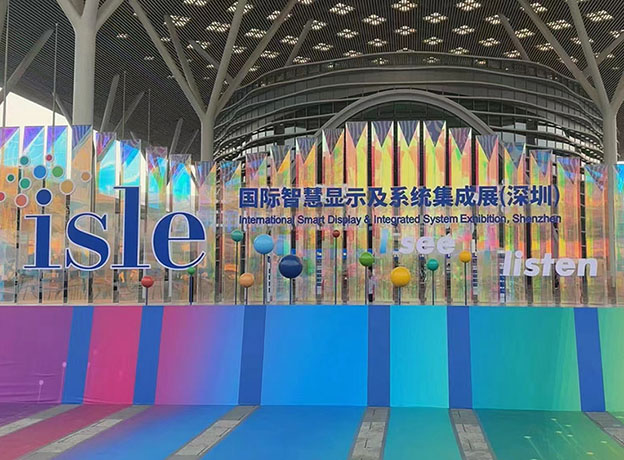
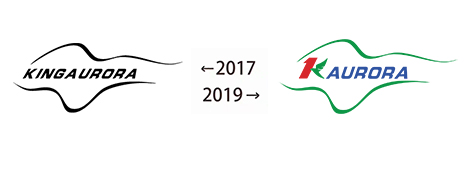
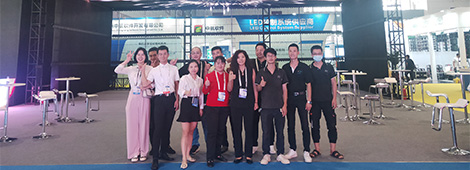
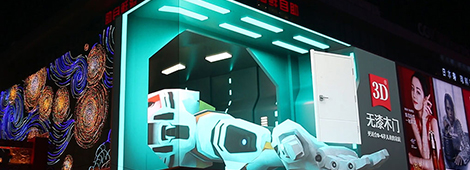
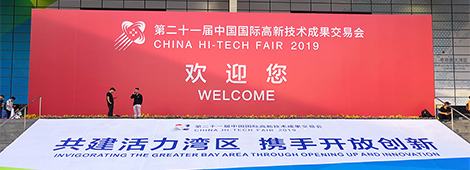

3th Building,Gaosite Zone Pingshan
New District, Shenzhen

sevice88@kingaurora.com
3th Building,Gaosite Zone Pingshan
New District, Shenzhen